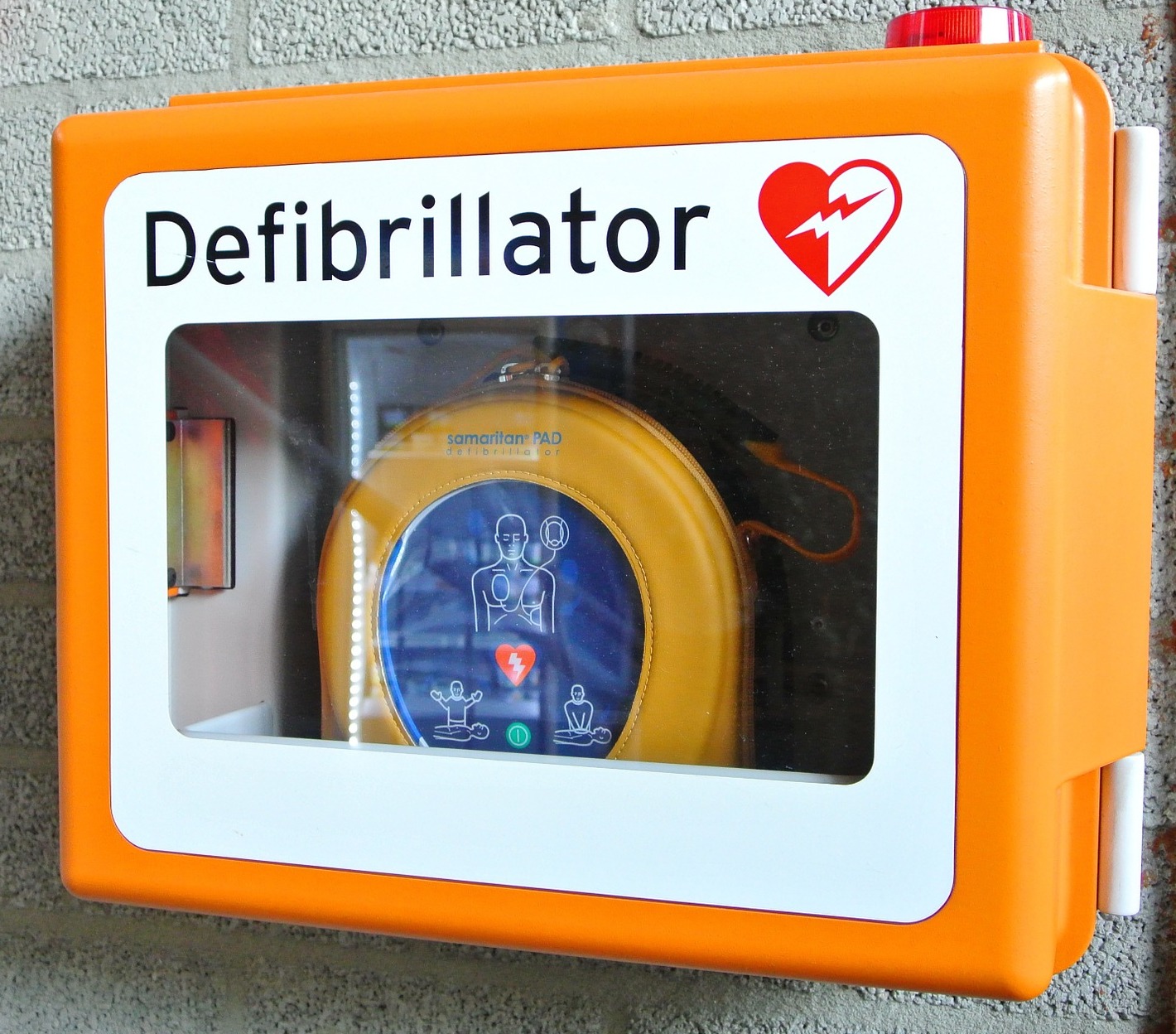Playlist
Show Playlist
Hide Playlist
PEA: Treatment and Interventions
-
Emergency Medicine Cardiac Arrest 2.pdf
-
Download Lecture Overview
00:01 Now, I do wanna make one important note about ultrasound. 00:05 I love ultrasound as much as any emergency physician, but ultrasound doesn't save lives, CPR is what saves lives, and it is the single most important intervention for any patient in cardiac arrest. 00:16 There's no evidence whatsoever that performing ultrasound during cardiac arrest actually changes outcomes. 00:23 So you should never allow ultrasound to interfere with the continuity or quality of your CPR because ultimately that's gonna do a de-service to the patient. 00:33 So you can do it but limited to short observation periods, do it during your rhythm checks so that you're not allowing it to interrupt your chest compressions. 00:42 All right. So what do you do for somebody who has PEA? Well, I already told you about the differential diagnosis is, and the bottom-line is you provide interventions that are targeted to that differential. 00:54 So for the patient who's hypovolemic or hemorrhaging, you're gonna use fluids or blood to try to restore their intravascular volume. 01:01 For patient who is hypoxic, you're gonna wanna intubate and make sure that you're optimizing their oxygenation. 01:06 For an acidimic patient, this is one of the few situations where we still consider using bicarbonate in cardiac arrest. 01:13 It's not given for other indications but for profound acidosis it can be very helpful. 01:17 In hyperkalemia, you would wanna think about giving calcium. 01:21 You would wanna think about giving insulin and glucose, maybe even some bicarb in order to try to intracellularize your potassium and restore your normal cardiac conduction. 01:31 Hypothermia, of course you're gonna rewarm your patient. 01:35 In tension pneumothorax, you're gonna of course perform a needle decompression to allow the collection of air to escape from the chest. 01:42 I already mentioned in cardiac tamponade the treatment would be pericardiocentesis. 01:47 For toxins, there are a number of different antidotes potentially available based on what you think the patient might have taken. 01:53 And in myocardial infarction or pulmonary embolism, you can think about the possibility of thrombolysis for patients in the intra-arrest setting, and in some cases that has been shown to produce better outcomes although there are no large scale studies supporting the use of thrombolysis in cardiac arrest victims regardless of rhythm. 02:14 So other than identifying the underlying cause of arrest and addressing that, like I mentioned, we wanna provide supportive care for our patients in PEA. 02:24 So one, we're gonna make sure that we're performing continuous, high-quality CPR. 02:29 Two, we're gonna continue rechecking the rhythm every few minutes. 02:33 It's actually not uncommon that patients will have rhythm changes during the course of a cardiac arrest and go from a nonshockable to potentially a shockable rhythm, so we wanna make sure that we continue to reassess the rhythm every five cycles or two minutes and that we're treating the rhythm that the patient is currently in not the one they started out in the beginning of the arrest. 02:54 Epinephrine continues to be used in PEA. 02:58 It's relevant here for the same reason it is in V-Fib and V-Tach. 03:01 It very simply vasoconstricts everything below the diaphragm and optimizes the perfusion of the heart and the brain, thereby increasing the likelihood of getting spontaneous circulation. 03:13 But most importantly, we wanna keep searching for that underlying cause the whole time we're providing on-going life support and we wanna try to reverse that underlying cause, so we can make our patient better. 03:25 So just a quick review on the PEA algorithm. 03:30 Step one, you're gonna call for help and initiate high-quality, continuous CPR. 03:35 Two, we're gonna obtain vascular access, and while we'e doing that we're gonna try to get history and physical exam information that will help us identify the underlying cause. 03:47 Three, we're gonna give epinephrine just like we do in V-Fib and V-Tach arrest, and also any treatments that are indicated for the underlying cause. 03:59 Four, we're gonna continue to reassess the rhythm every five cycles or two minutes, and we're gonna repeat that process of epinephrine and rhythm checks the entire time we are continuing our search for the underlying cause and initiating treatment to try to fix it.
About the Lecture
The lecture PEA: Treatment and Interventions by Julianna Jung, MD, FACEP is from the course Cardiovascular Emergencies and Shock.
Included Quiz Questions
What is the single most important intervention for all patients in cardiac arrest?
- CPR
- Defibrillation
- Bedside ultrasound
- Epinephrine administration
- Oxygen therapy
Albuterol is used as empiric treatment for what possible cause of pulseless electrical activity?
- Hyperkalemia
- Hypovolemia
- Hypothermia
- Myocardial infarction
- Tension pneumothorax
Customer reviews
5,0 of 5 stars
| 5 Stars |
|
5 |
| 4 Stars |
|
0 |
| 3 Stars |
|
0 |
| 2 Stars |
|
0 |
| 1 Star |
|
0 |




